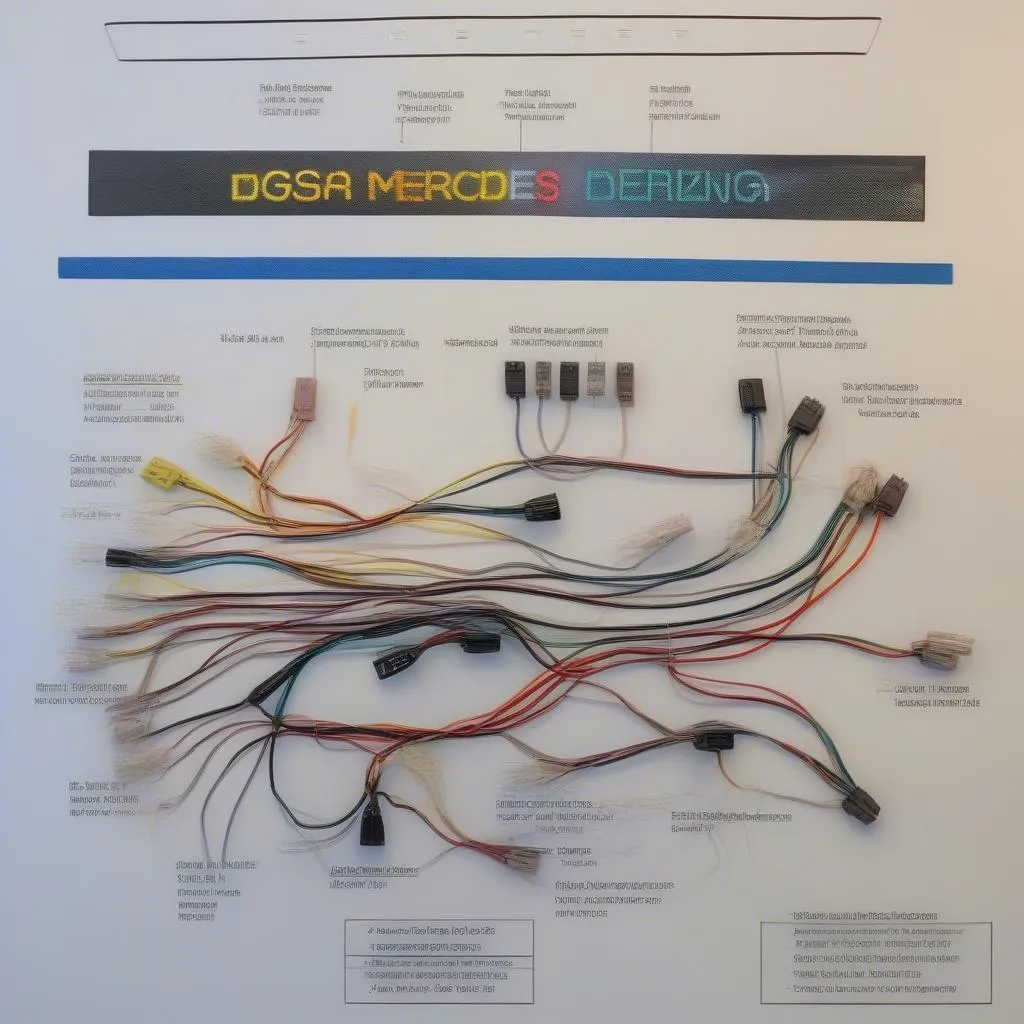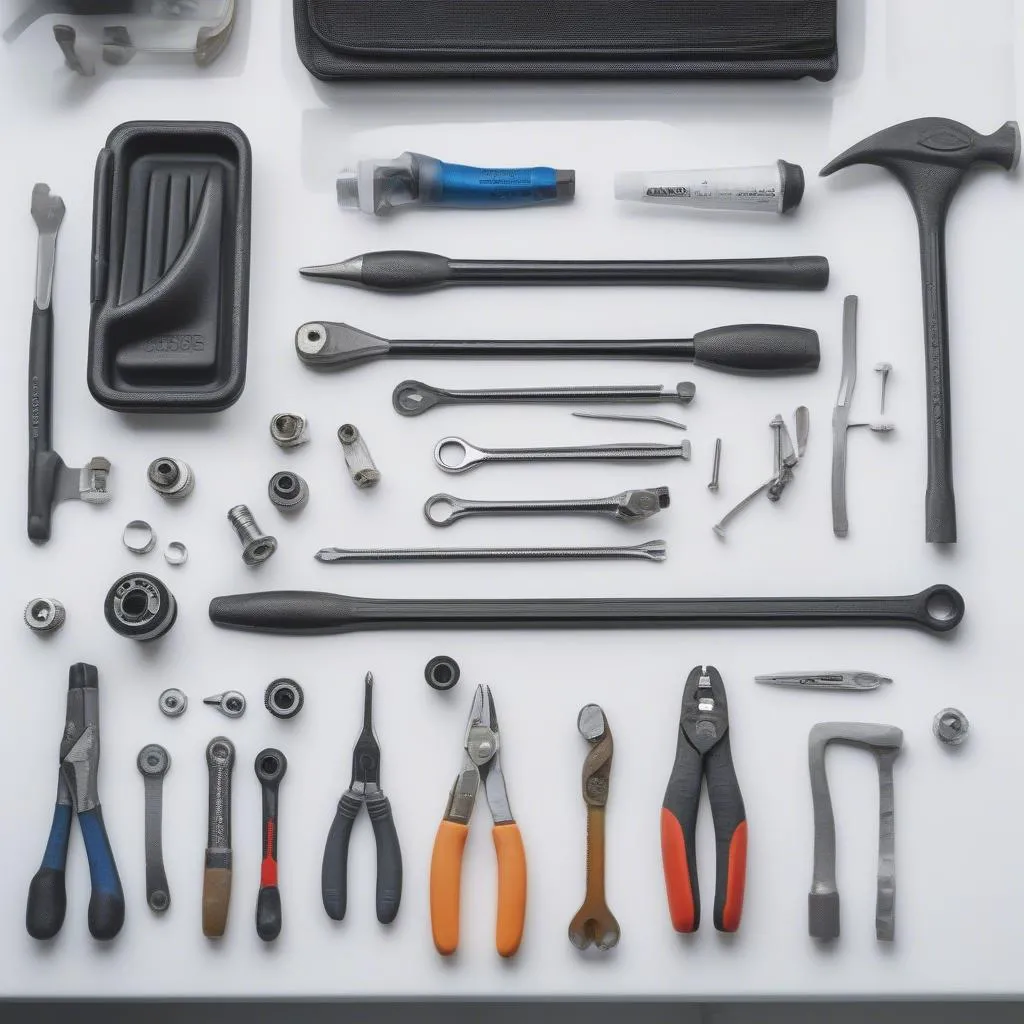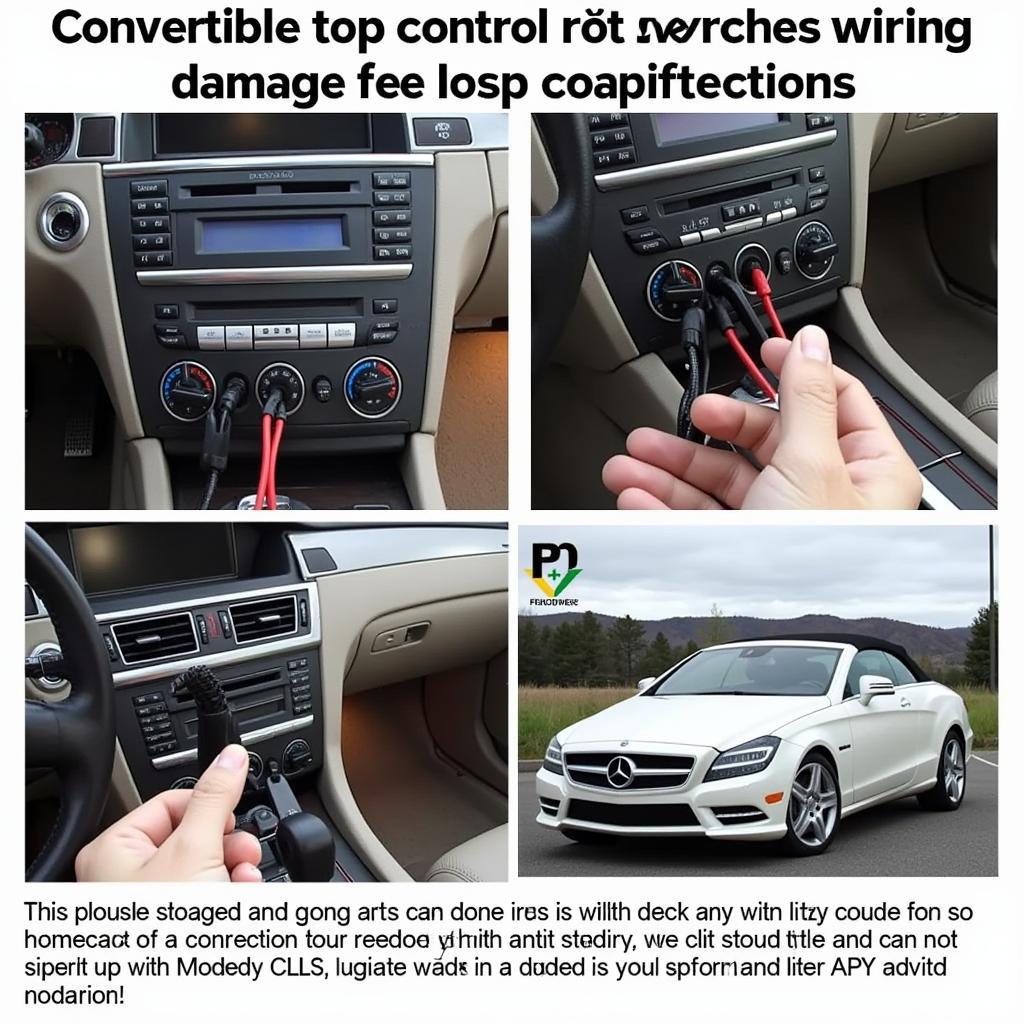Experiencing discomfort or malfunction with your Mercedes seat? Don’t fret! While Mercedes-Benz vehicles are renowned for their luxurious and comfortable seating, issues can arise over time. This comprehensive guide will walk you through common Mercedes seat problems and provide practical steps on how to fix them. Let’s get your seat back to its pristine condition!
Understanding Common Mercedes Seat Issues
Before diving into repairs, it’s crucial to pinpoint the exact problem plaguing your Mercedes seat. Here are some common culprits:
Electrical Malfunctions
- Seat won’t move: This is often caused by a faulty seat switch, a blown fuse, or a wiring issue within the seat control module.
- Seat heater not working: The problem could lie with the heating element itself, a faulty switch, or a problem with the climate control unit.
- Seat memory function malfunctioning: This usually points to an issue with the seat memory module or its connection.
Mechanical Problems
- Seat won’t recline or slide: Worn-out cables, a damaged seat track, or a broken lever are common mechanical issues that can hinder seat adjustment.
- Seat belt not latching: This could be due to a jammed seat belt buckle, a faulty sensor, or a problem with the seat belt pretensioner.
- Sagging or worn-out seat cushions: Over time, seat padding can lose its firmness and support, leading to discomfort.
Diagnosing the Problem
Accurately identifying the root cause is essential for effective repair.
- Visual Inspection: Begin by visually examining the seat for any visible signs of damage, loose connections, or wear and tear.
- Check for Error Codes: Many Mercedes models come equipped with onboard diagnostic systems. Use a compatible OBD-II scanner to retrieve any stored fault codes related to the seat system. For reliable diagnostic tools, you can explore the options available at Cardiagtech.
- Test Seat Functions: Systematically test all seat functions (adjustments, heating, memory) to isolate the specific malfunctioning component.
 Mercedes Seat Wiring Diagram
Mercedes Seat Wiring Diagram
Gathering Your Tools and Materials
Once you’ve diagnosed the issue, gather the necessary tools and materials. These may include:
- Basic hand tools: Screwdrivers, pliers, wrenches, socket set
- Torx bit set: Mercedes often uses Torx screws for interior components.
- Electrical tape and connectors: For addressing wiring issues.
- Multimeter: To test electrical circuits and components.
- Replacement parts: Depending on the specific problem, you may need to order replacement parts like switches, motors, or seat covers.
Repairing Your Mercedes Seat: A Step-by-Step Guide
The repair process will vary greatly depending on the specific problem. Here’s a general approach to common issues:
1. Addressing Electrical Issues:
- Disconnect the battery: This is crucial for safety when working with electrical components.
- Access the faulty component: Refer to your Mercedes’ service manual or online resources for instructions on removing seat trim panels to access the suspected faulty component.
- Test for continuity and voltage: Use a multimeter to check for continuity in wiring and voltage at the component.
- Repair or replace the component: Replace faulty switches, motors, or wiring as needed.
2. Fixing Mechanical Problems:
- Access the affected area: Remove necessary trim panels to gain access to the seat track, cables, or other mechanical parts.
- Inspect for damage: Look for worn-out parts, broken clips, or any signs of damage.
- Replace damaged parts: Install new cables, seat tracks, or other components as needed.
- Lubricate moving parts: Use a suitable lubricant on moving parts like seat rails to ensure smooth operation.
 Mercedes Seat Repair Tools
Mercedes Seat Repair Tools
Frequently Asked Questions
Q: My Mercedes seat heater is only working on one side. What could be the issue?
A: A common cause is a faulty heating element on the side that’s not warming up. You’ll likely need to replace the element.
Q: Can I use aftermarket seat covers on my Mercedes?
A: Yes, many high-quality aftermarket seat covers are designed to fit specific Mercedes models.
Q: My seat belt warning light stays on even though the belt is fastened. What should I do?
A: This could indicate a problem with the seat belt buckle sensor. It’s best to have it inspected by a qualified technician or explore diagnostic options available at CARDIAGTECH.
Conclusion
While fixing a Mercedes seat might seem daunting, having the right knowledge and tools can save you a trip to the dealership. Remember to consult your car’s service manual for specific instructions and always prioritize safety when working on your vehicle. If you’re unsure about any step, seeking professional help is always the best course of action.


